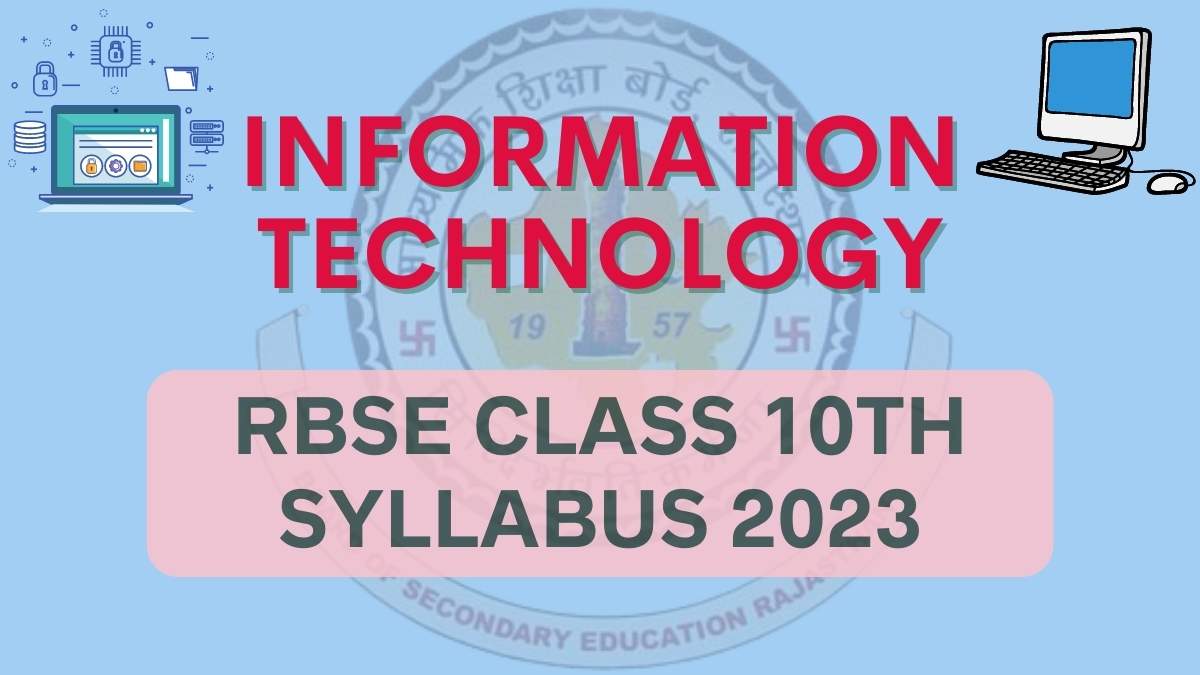CBSE Class 12 Accountancy Chapter 5 Accounting Ratios Notes: Download PDF
[ad_1] CBSE Class 12 Accounting Ratios Notes: Here, students can find revision notes of CBSE Class 12 Accountancy…
[ad_1]

UNIT I: ADVANCE PROCESSING TOOLS
1- Introduction to MS Excel
2- Formatting of Worksheet
3- Adding Elements to a Workbook
4- MS PowerPoint
5- MS Picture Manager
Introduction to MS-Excel, Comparison between MS-Word and MS—Excel, Worksheets and Workbooks: Creating a Workbook, Opening, Labeling, Format Workbook Tabs, Reposition Sheets, Naming, Adding, Deleting, Hiding, Unhiding, Saving Workbooks and Worksheets. Navigating MS Excel, Insert Cells, Rows and Columns, Delete Cells, Rows or Columns, Merge, Splitting, Hiding Columns and Rows, Unhiding Column and Rows, Format, Filter and Sort of Cells, Headers and Footers, Set Margins For Headers and Footers, Information About Printing: Select Print Area, Print a Range of Pages. About Entering Information into Excel: Entering Data, Entering Labels, Entering Values, Multiple Entries, Copying & Pasting of Cells, Rows and Columns. Filling Cells with a Series of Data, Editing Cell Data, Find and Replace, Go To Cell Data, Locking Rows and Columns by Splitting Panes and Freezing Panes, Spell Check, Autocorrect, Track Changes, Accept and Reject Changes, Comments. Formatting A Worksheet: Format Painter, Font Styles, Font Size, Adding Border and Colours to Cell, Changing Rows and Column width, Changing Rows and Column width Using the Mouse, Applying Number Formats, Creating Custom Number Formats, Align Cell Contents, Cell Styles, Creating your own Cell Styles, Conditional Formatting. Adding Elements to A Workbook: Adding Images, Modifying Image, Charts: Types of Charts, Chart Tools, Creating Charts, Modifying Charts, Moving Charts, Organizational Charts, Spark Line, Formulas and Calculations: Definition and Explanation of Formulas and Calculations, Mathematical Operators, Creating a Formulas, Creating Functions, References, Excel Forms, Tables, Creating a Table, Inserting Rows and Columns Into a Table, Data Validation, Finding Invalid Entries and Auditing, Page Margins, Page Orientation, Page Breaks, Sharing Worksheets and Workbooks, Importing and Exporting Data. MS Power Point: Opening, Opening an Existing Presentation, Saving and Closing a Presentation, Changing Views, Creating a New Presentation, Adding a Slide, Changing a Slide Layout, Entering Text on a Slide, Changing Text Formats, Using The Format Painter, Bullets, Alignments Text, Using Templates, Adding a Picture, Using The Slide Master, Adding Headers, Footers and Speaker Notes, Arranging Slides, Introduction to Drawing Tools, Inserting and Formatting Picture Files, Insert a Table, Chan, Smart Art, Hyperlink, Transition Effects, Animation Effects, Sound Clip, Running a Slide Show, Creating a Custom Show. MS Picture Manager: Open a Picture, Find the properties of picture, Auto Correct, Brightness and Contrast Enhancement, Color Enhancement, Crop Settings, Rotate and Flip Settings, Resize Settings, Compress Settings.
10
UNIT II: CYBER CRIME AND E-COMMERCE
6- Introduction to Cyber Crime & Cyber Law
7- E-Commerce/E-Business
8- E-Business Security, Privacy, and Legal
Requirements
9- E-Commerce Payment System
Cyber Law, Technical Aspects of Cyber Crime, Computer Viruses, Social Engineering, Phishing, Software Piracy, Intellectual Property, Mail Bombs. E-Commerce: features, Advantages to Organizations, Advantages to Customers, Advantages to Society, Technical Disadvantages, Non-Technical Disadvantages, E-Commerce Business Models, The six components of a marketing plan for small business, Perform SWOT Analysis, Business Philosophy and Vision, E-Business Security, Security, Types of Security Risks Encountered on an Intranet and Extranet, Firewalls and their Evolution, Types of Firewall, Common Firewall Filtering Techniques, Cryptography, Digital Signature, Virtual Private Network (VPN), Types of VPN, Measures to Ensure Security, Modes of Electronic Payments, Third-Party Payment Processor, Payment Gateway, Traditional Marketing, Examples of Traditional Advertising, Internet Marketing, Protection of Privacy and Intellectual Property
25
UNIT IV: INTERNET AND ITS APPLICATION
11- Computer Network
12- Web & Electronic Mail
13- Virus And Antivirus
14- Internet
Objectives of Computer Network, Components of Computer Network, Advantages and Disadvantages of Computer Network, Application of Networks, Local Area Network, Wide Area Network, Internet, Future of the Internet, Applications of Internet, Different ways to access the Internet, Services on Internet, Communication on Internet, Internet Protocol, HTTP, FTP, SMTP, Telnet, Intranet, WWW (World Wide Web), Websites, Web Browsers, Internet Explorer, The URL address, Surfing the Internet, Chatting on Internet, Conferencing on Internet, E-Mail or Electronic Mail, Types of E-Mail Services, Uses of Mail Services, Basic Issues of Email, Virus, Anti-Virus, Virus Protection Software, Protection of the Computer from Virus, Updating the software, Type of Internet access, Online Services, Internet Services Provider, Hypertext and Hyperlinks, Favourites or Bookmarks, Cookies, Bluetooth, Wi-Fi, DHCP, Proxy Setting, IP address, Subnet Mask, Gateways, DNS
10
[ad_2]
Source link